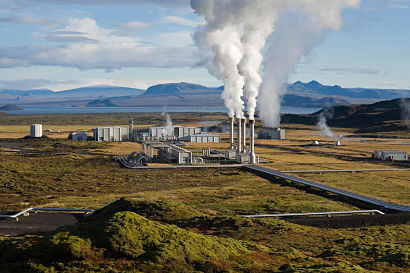
Currently, the UK could cost-effectively meet nearly a third of its current electricity demand with clean, firm geothermal energy, and a significant share of its heating demand, an initial analysis of data from Project InnerSpace's GeoMap™ shows. In the future, with the proper policies and investments, geothermal power could grow to meet almost twice the current electricity consumption in the UK, and nearly all of its heat, the data show.
An inaugural convening of industry leaders, policy-makers and subject matter experts was held recently in London to explore a path toward scaling geothermal energy development in the UK. The convening kicked off InnerSpace's work to support the UK geothermal ecosystem, which also includes the publication of a comprehensive geothermal report and roadmap.
This report, entitled "The Future of Geothermal in the United Kingdom," will leverage UK based subject matter experts and expertise to examine the UK's total geothermal potential across all applications and technological concepts, and offer recommendations for overcoming investment barriers, adopting policies that encourage geothermal development, and implementing practical strategies to move the industry forward.
The report, supported by the Quadrature Climate Foundation through a grant to Project InnerSpace, will be published in the fourth quarter of 2025.
"To harness the massive potential of geothermal energy, we need open dialogue and shared vision for what we can build together," said Jamie Beard, Executive Director of Project InnerSpace. "Focusing resources and effort on geothermal is an investment in the UK's future – from tackling climate change, reducing energy prices, and ensuring energy security, to empowering communities to drive sustainable growth across the UK. We are excited to support this powerhouse ecosystem as it works to turn potential into action."
A report in January by the International Energy Agency on the future of geothermal energy concluded that next-generation geothermal technologies have the "technical potential to meet global electricity and heat demand 140 times over" at costs by 2035 that would make geothermal cheaper than nuclear and competitive with solar photovoltaics (PV) and wind paired with energy storage.

